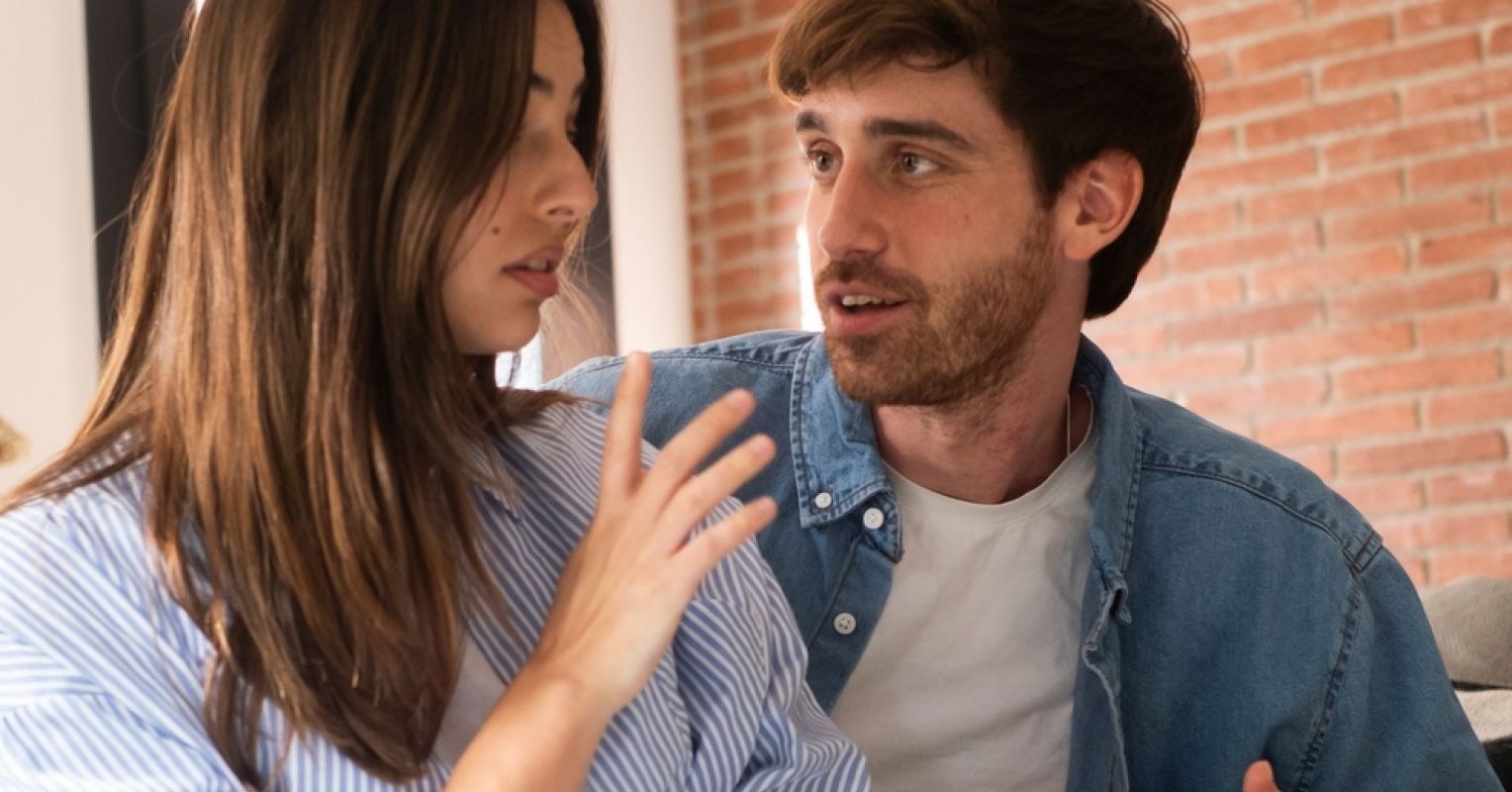970x125
As a relationship and attachment scientist, couples therapist, and coach, I hear it all the time: “My partner is avoidant.” “The person I am dating is anxious.” “I think I am avoidant.” People come to me convinced they have cracked the code of their relationships by slotting themselves or their partners into an attachment category they picked up on TikTok or Instagram.
I get why it resonates. These labels are everywhere. They offer a sense of clarity and validation when relationships feel confusing or painful. But the truth is more complicated. And while social media has made attachment language popular, it has also distorted the science in ways that can leave people stuck, shamed, or hopeless.
Attachment science is one of the most powerful and researched frameworks we have for understanding how humans love and bond. But what tends to circulate online often reduces it to soundbites and stereotypes. To understand what attachment really means, and how it can actually help us heal and grow, we need to set the record straight.
What attachment actually is
Attachment is not a style. It is a biologically based system that organizes how humans seek safety, closeness, and comfort with significant others during times of stress. In infancy, this shows up when a child turns to a caregiver for protection. In adulthood, it shows up when we turn to a partner or close loved one for emotional support, reassurance, or soothing. Attachment is about the dance of seeking and providing safety. It is dynamic, not fixed, and it is shaped by lived experience in close, emotionally invested relationships.
Attachment styles, in contrast, are patterns researchers use to describe how people tend to behave when the attachment system is activated. The categories of secure, anxious, avoidant, or disorganized are descriptive tools, not boxes to live in. Styles help us study broad tendencies, but they do not define you as a person. They also shift depending on context, stress level, and relationship quality.
This distinction matters. Attachment is a living, relational process. Styles are just shorthand.
The truth of the matter is that even many professionals with Ph.D.s have never been deeply trained in attachment theory. If trained clinicians can misunderstand it, you can imagine how quickly the science gets diluted and distorted when it’s boiled down for Instagram reels or TikTok shorts. Listening to someone online try to explain attachment may feel validating in the moment, but it can also be profoundly misleading.
The myth of fixed attachment “types”
Social media frames attachment as a set of permanent types: anxious, avoidant, secure, or disorganized. The science tells us something different. Attachment is not a personality category; it is dimensional, fluid, and context-dependent. Someone may feel mostly secure in one relationship and less secure in another, depending on how their partner responds. The belief that you are stuck with one fixed “type” can breed hopelessness and it oversimplifies something much more dynamic.
Mistaking normal needs for attachment issues
Wanting closeness does not make you anxiously attached. Wanting space does not make you avoidant. All humans shift between connection and autonomy. This is not pathology; it is part of healthy functioning. When social media equates everyday needs with “red flags,” people can start to feel shame for being human.
Forgetting that attachment is relational
Attachment is not an individual trait you carry around. It is something co-created between people. Your sense of security depends on how a partner responds to your bids for comfort and connection. What looks like avoidance in one relationship may fade in another when a partner is consistently responsive. By treating attachment as a solo project, social media misses the point that security is built together.
Attachment Essential Reads
Skipping to quick fixes
Advice online often takes the form of scripts: Text this if you are anxious, detach from avoidants, only date secure partners. In reality, attachment involves deep patterns of trust, vulnerability, and regulation of distress. Change does not come from hacks. It comes from slow, consistent experiences of responsiveness, often supported by therapy or deliberate relational work.
Leaving out culture and development
Social media tends to present attachment as universal. In fact, attachment behaviors are influenced by culture and developmental stage. Norms around independence and closeness differ widely. Attachment tendencies can also shift across the life course. Without this nuance, behaviors that are healthy in one cultural context may be misinterpreted as insecure.
The most overlooked truth: dating is not attachment
Perhaps the most important correction is this: Attachment systems are not even reliably activated in casual dating. Attachment bonds form in the context of close, emotionally invested relationships. In early dating, people may show preferences or anxieties, but these are not yet attachment patterns. Calling every awkward first date “avoidant” or “anxious” misuses the science and sets people up for confusion.
Beyond labels
The real goal of attachment research is not labeling. It is understanding how humans build felt security with one another. Security means feeling safe, seen, and supported. Labels can sometimes offer insight, but they are not the destination. When we reduce attachment to social-media tags, we lose sight of the deeper work of creating safety, trust, and responsiveness in our closest relationships.
So the next time you come across a post diagnosing someone’s “style,” pause and ask a better question: How can we create more safety and care between us? That is where relationships change.



